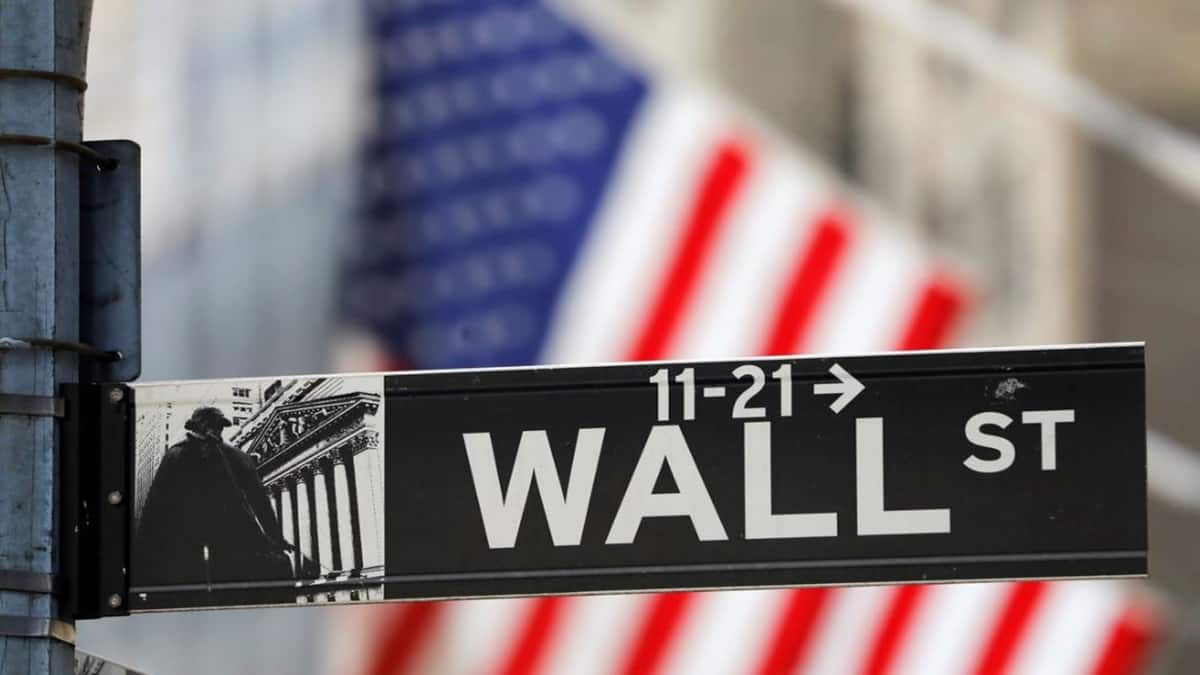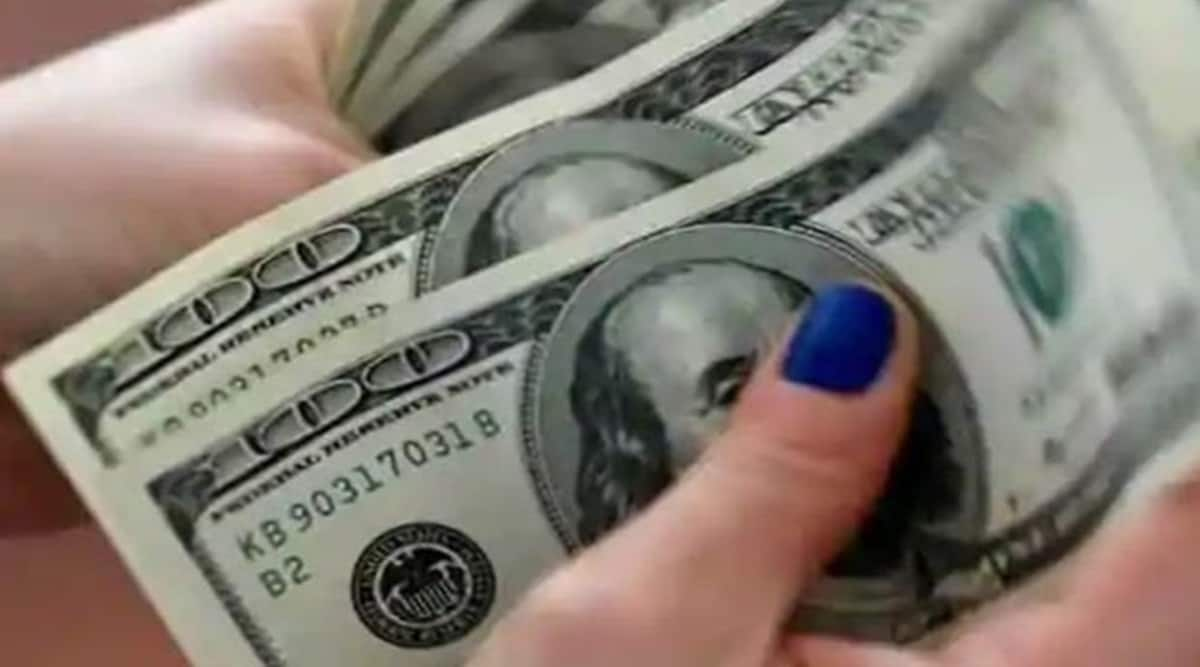Wall Street opens sharply higher, clawing back more ground
Stocks are opening sharply higher again on Wall Street as the market continues to claw back more of the ground it lost in a miserable several weeks that brought the S&P 500 to its lowest point of the year last Friday. The benchmark index was up just over 2% in the early going Tuesday. Other major U.S. indexes were also higher. Treasury yields continued to pull back from their multiyear highs. European markets also posted strong gains. Australia’s market jumped 3.8% overnight after that country’s central bank made an interest rate increase that was smaller than previous ones. THIS IS A BREAKING NEWS UPDATE. AP’s earlier story follows below.
U.S. futures are sharply higher Tuesday, potentially extending a quarter-opening rally this week after a dismal September. Futures for the Dow Jones industrials jumped 1.3% and futures for the benchmark S&P 500 rose 1.6% following Monday’s 2.6% gain. The tech-heavy Nasdaq composite, which has been pummeled, lead the way with a 2% leap.
It is hoped by many investors that the Federal Reserve might ease off on its aggressive interest rate hikes intended to beat down high inflation that has rattled businesses as well as families. By raising rates, the Fed is making it more expensive to buy a house, a car or most anything else on credit with the goal of slowing the economy just enough to starve inflation of the spending that has driven prices higher.
ALSO READ US Stock Market Today: Are the bulls staging a comeback on Wall Street?
The Fed has already pushed its key overnight interest rate to a range of 3% to 3.25%, up from virtually zero as recently as March. Most traders expect that to be more than a full percentage point higher by early next year. But stresses are building in financial markets and corporate profits have weakened as central banks around the world hike rates in concert. Australia’s S&P/ASX 200 jumped 3.8% to 6,699.30 after its central bank boosted its benchmark interest rate for a sixth consecutive month to a nine-year high of 2.6%. The Reserve Bank of Australia’s increase of a quarter percentage point to the cash rate was smaller than those at recent monthly meetings. When the bank lifted the rate by a quarter percentage point at its board meeting in May, it was the first rate hike in more than 11 years. It’s now at its highest point since August 2013, when the bank cut the rate from 2.75% to 2.5%.Besides stocks, lower rates also boost prices for everything from cryptocurrencies to gold, which can suddenly look a bit more attractive when bonds are paying less in income.
Elsewhere, Japan’s benchmark Nikkei 225 added nearly 3.0% to finish at 26,992.21. South Korea’s Kospi gained 2.5% to 2,209.98. Markets in Hong Kong and Shanghai were closed for holidays. At midday in Europe, France’s CAC 40 gained 3.4%, Germany’s DAX rose 2.9% and Britain’s FTSE 100 added 1.9%. The latest update on the U.S. jobs market, the labor turnover report, arrives Tuesday. The more consequential monthly jobs report is out Friday. . It will be the last jobs report before the Fed makes its next decision on interest rates, scheduled for Nov. 2. Continued strength would give the central bank more leeway to keep hiking. Traders say the likeliest move is a fourth straight increase of a whopping three-quarters of a percentage point, triple the usual move.
In energy trading, benchmark U.S. crude added $1.16 to $84.79 a barrel. It jumped Monday amid speculation big oil-producing countries could soon announce cuts to production. Brent crude, the international standard, added $1.44 to $90.30 a barrel. In currency trading, the U.S. dollar was stable at 144.81 Japanese yen from. The euro cost 98.90 cents, up from 98.40 cents.


Recent Comments